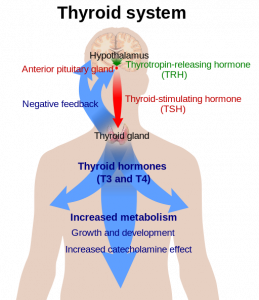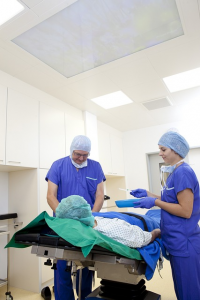In the CATALYST study, researchers found that selenium supplements and placebo supplements improved the quality of life of patients with hypothyroidism to an equal extent. Accordingly, the researchers have now emphasized a need for more research into the effect of selenium supplementation on immune system function, on oxidative stress, and on low-grade inflammation in patients with thyroid diseases [Larsen 2024].

The CATALYST study was a multi-center randomized, double-blinded, placebo-controlled clinical trial conducted in Denmark. The study participants were patients aged 18 or more years with serum thyroid peroxidase antibody (TPOAb) levels equal to or greater than 100 IU/mL. 82% of the study participants were women [Larsen 2024].









